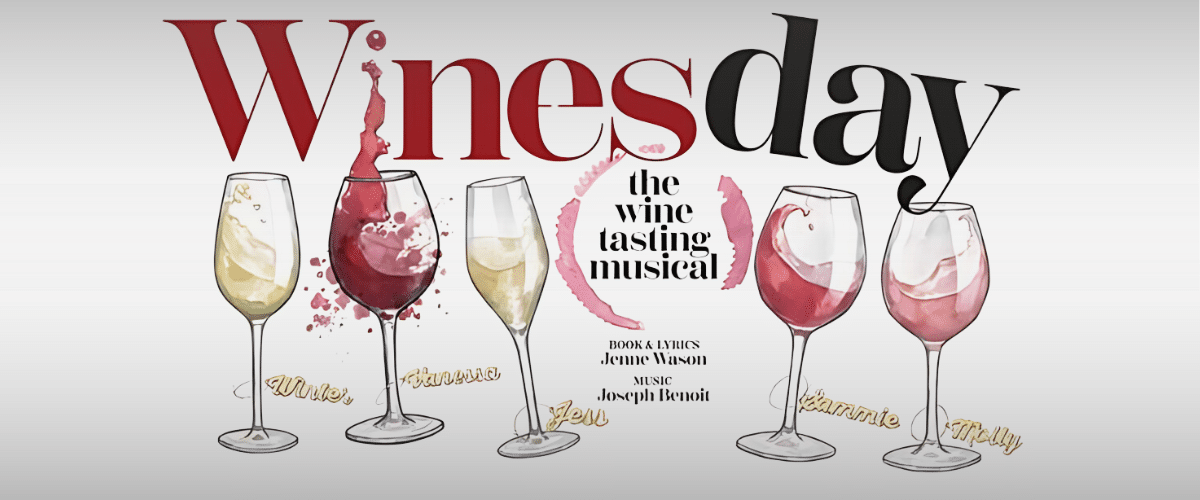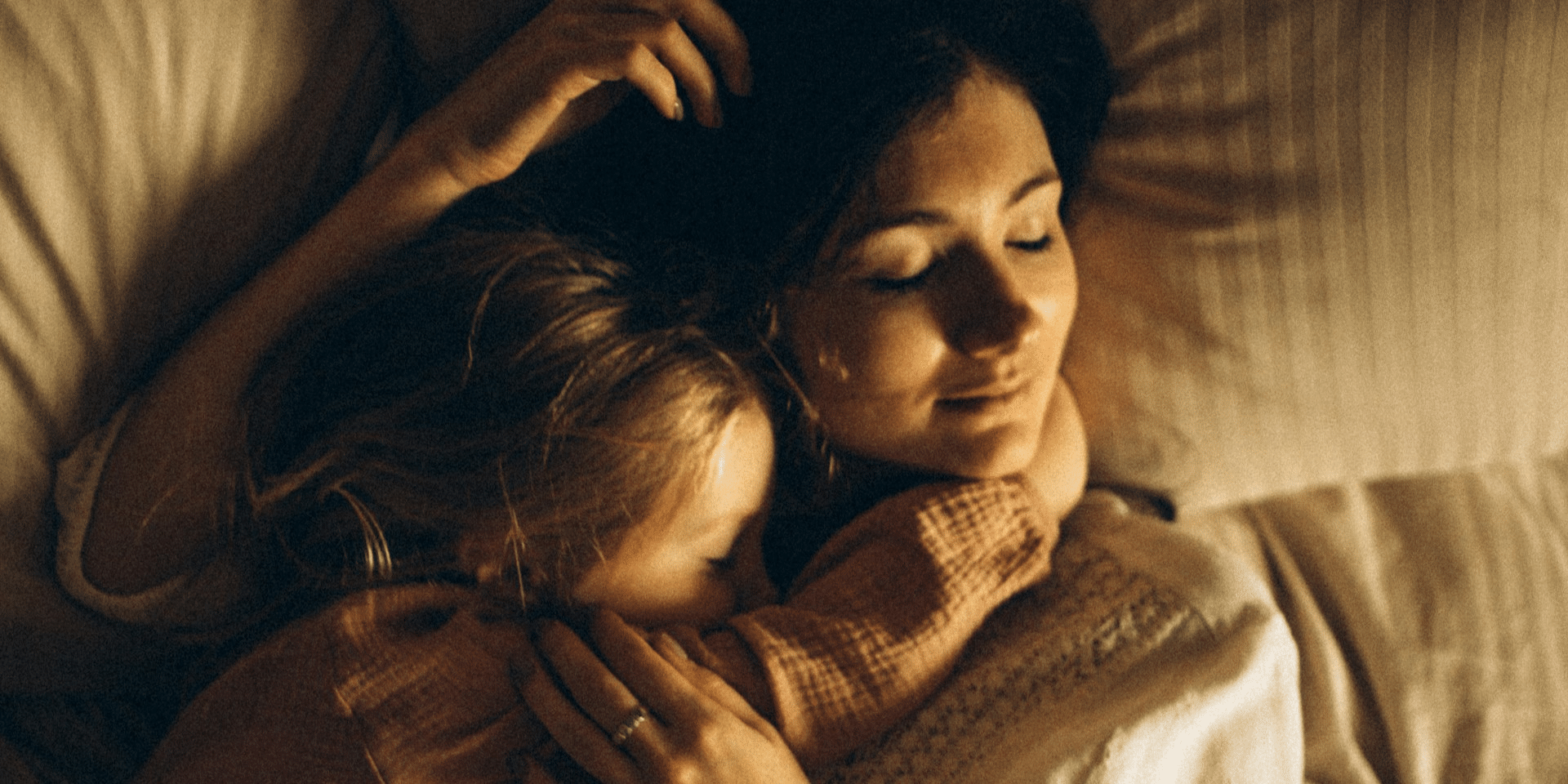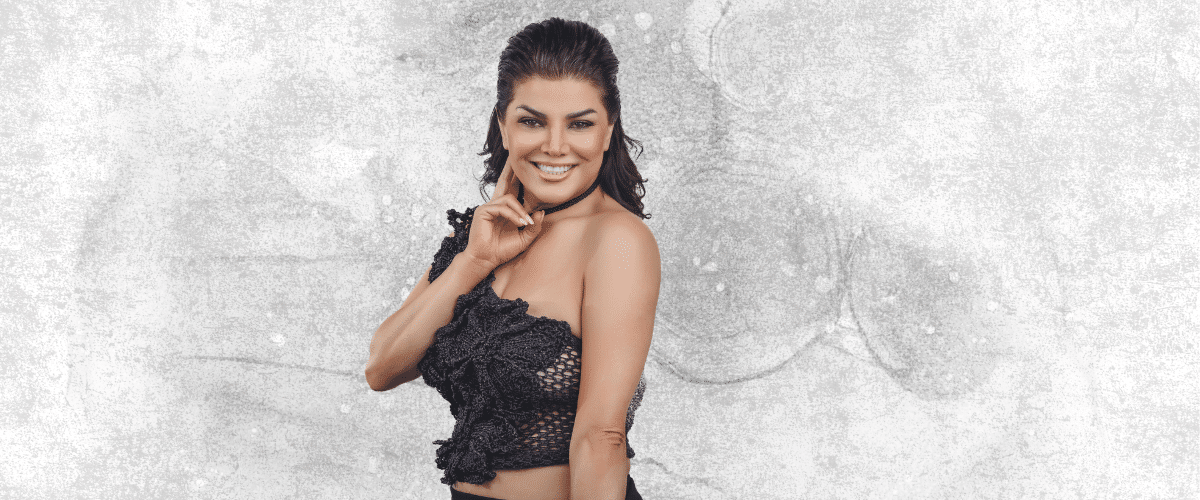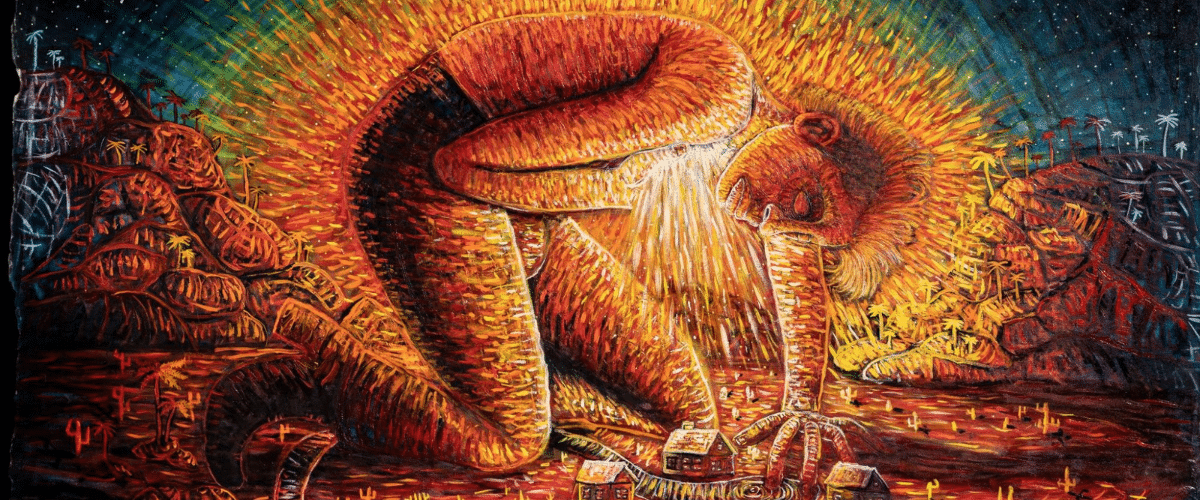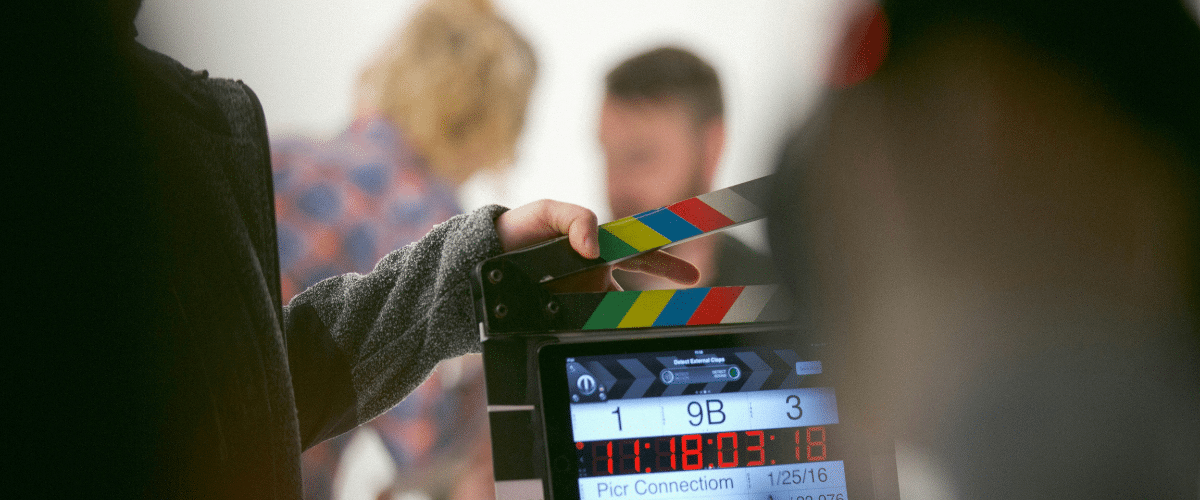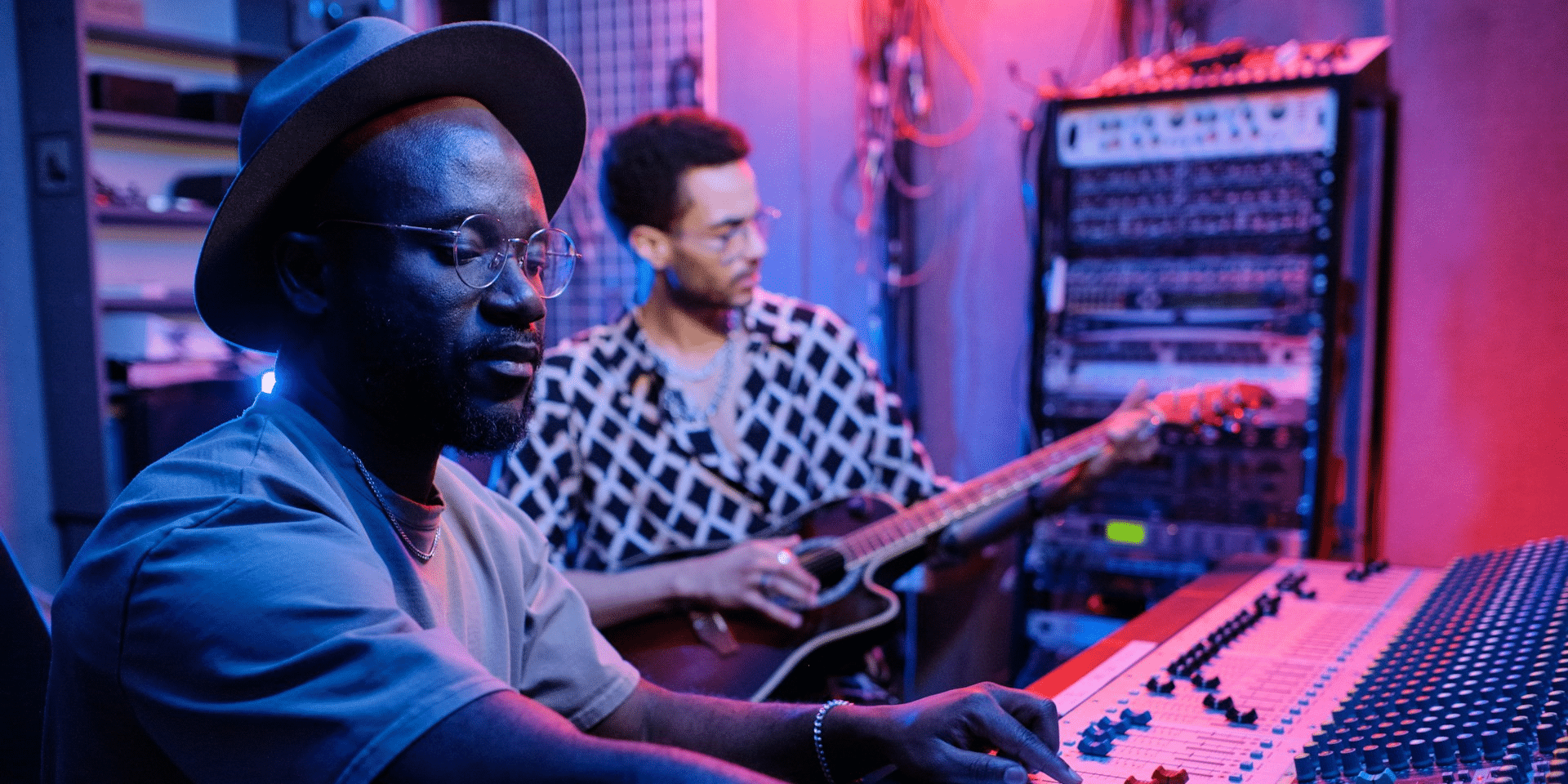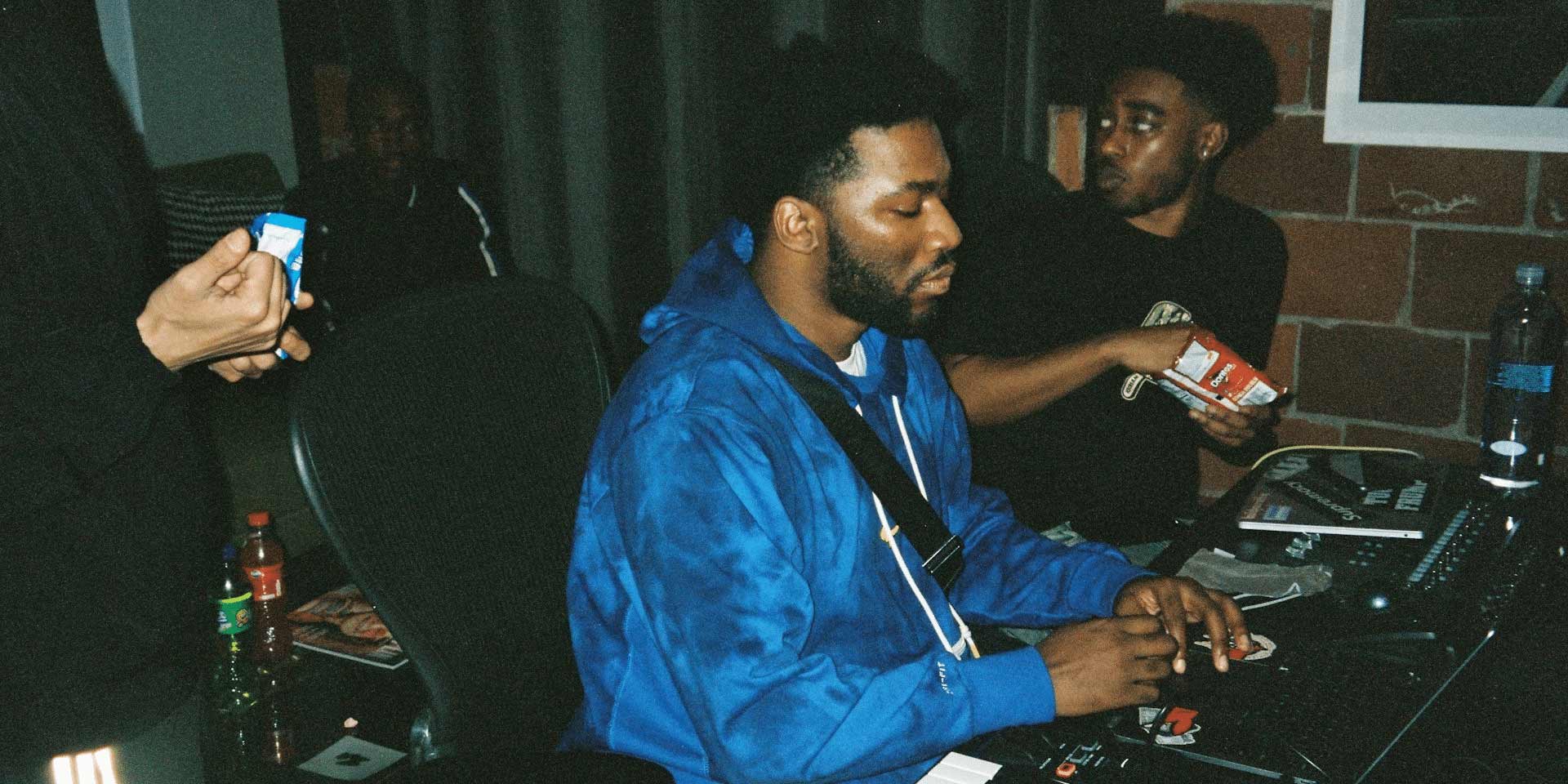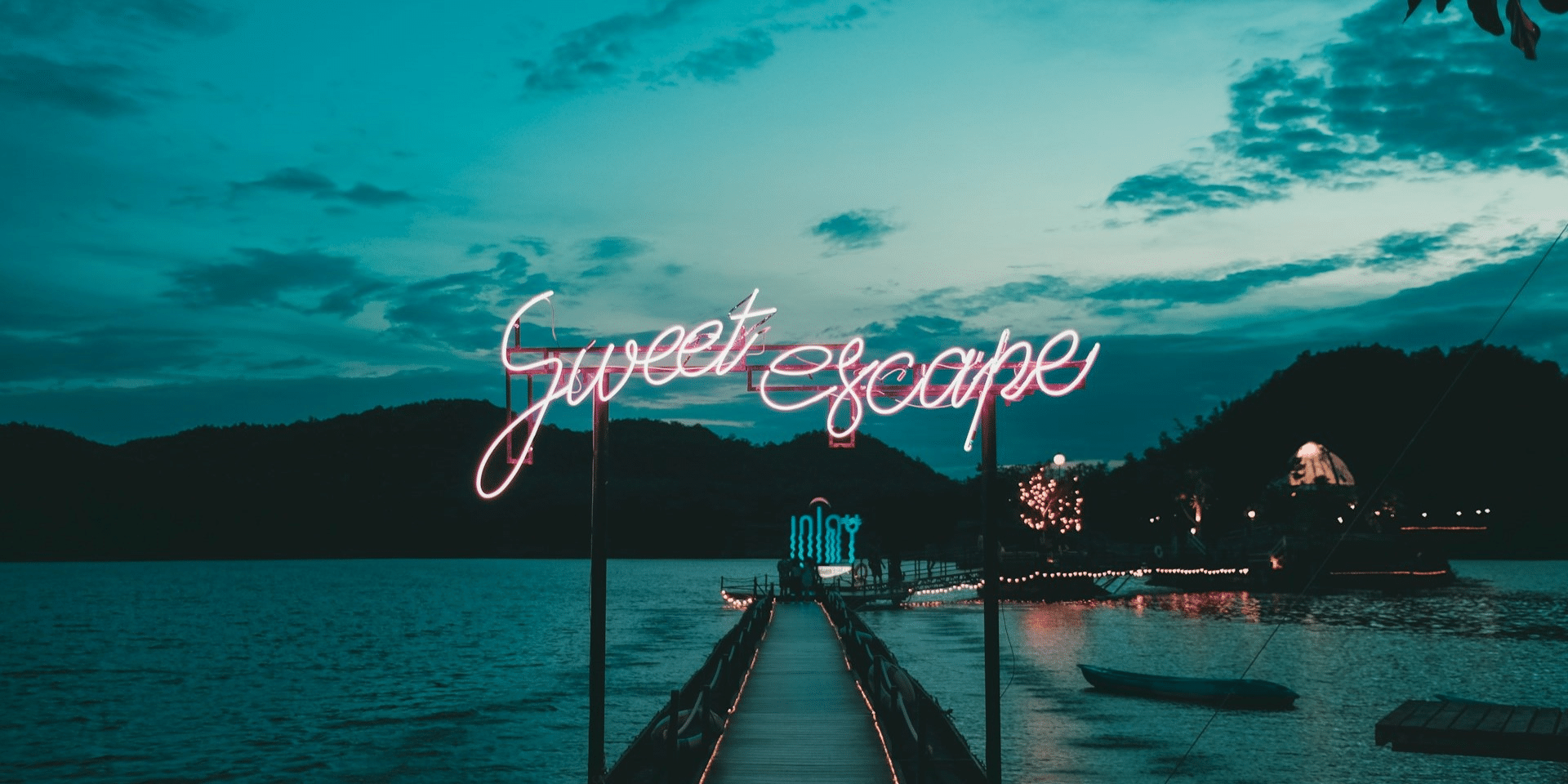With the industry shutdown created by the COVID-19 pandemic, it became clearly apparent how vital entertainment, specifically film and TV, are in everyday life. As we look closer at what makes a film or television show capture our attention, it is clear that production design would come at the top of the list. The art of production design is often elusive, but for discerning individuals, it is a powerful layer of storytelling that speaks volumes. Great production design can elevate how people grasp a story and create an experience. It is certainly an incredibly demanding and challenging job, and it is one of the harder fields to break into.
As the nationwide lockdowns are being lifted and the entertainment industry is beginning to thrive again, we caught up with Vivienne Liu—an international set and production designer who has designed award-winning shows in China and America since 2015. Her theatre works have been on the stages of National Theatre of China, Beijing Poly Theatre, City Theatre Company in Pittsburgh and many more. Vivienne received her MFA in Scenic Design from Carnegie Mellon School of Drama, which is known for its history of churning out graduates who go on to make an indelible impact in film, TV, and theater.
Vivienne expanded her work to major network series just at the height of the global pandemic and felt distressed by how things were turning out in the industry. “It was hard to see the entire entertainment industry turn silent all of a sudden due to the pandemic,” said Vivienne. “I was nervous about how I would best position myself so that when the industry returned, it would realize I exist. I was relieved to find that as things picked back up, I was able to join the Art Department of the new CBS show The Equalizer starring Queen Latifah.”
Vivienne’s experience in the Art Department on The Equalizer has cemented her decision to pursue Production Design. Like the apprenticeships of old, Production Design follows a structured hierarchy—from production assistant, to set designer, to art director, and then if lucky, production designer. The next steps for her professional development include joining the union and working as a set designer for network TV shows.
Vivienne Liu is a versatile Production Designer who is passionate about creating visual entertainment that heightens people’s imagination and particularly is inspired by stories that feature the marginalized and highlight aspects of life that are often ignored. In every design, the goal is to tell the story in the clearest and most exciting way. “It is amazing to really understand the amount of work that goes into the design of a TV show. The sheer amount of small details to consider and make choices about is staggering. That’s part of what I love about design—every choice adds to creating a unique world where only this particular story could happen,” Vivienne noted.
Up next for Vivienne includes designing an indie feature film, It Came from Within, with Framework Productions and serving as the associate designer on the Broadway production of Lackawanna Blues. Vivienne would love to rejoin The Equalizer team for its second season. In the near future, Vivienne Liu is excited to collaborate with more industry-leading artists and hopes that the shutdown of the pandemic will allow a new crop of emerging production designers greater chance at navigating the challenging path to success. “The downtime has offered a chance for the industry to reflect on the systemic and institutional barriers that affect the artists, especially those trying to break in. I hope that more BIPOC artists will join teams as exciting collaborators and we will see a revitalization with diverse stories being told,” reflected Vivienne.
Overall, Vivienne Liu is a young production designer to watch. To know more about Vivienne Liu, don’t forget to check out her official website.

